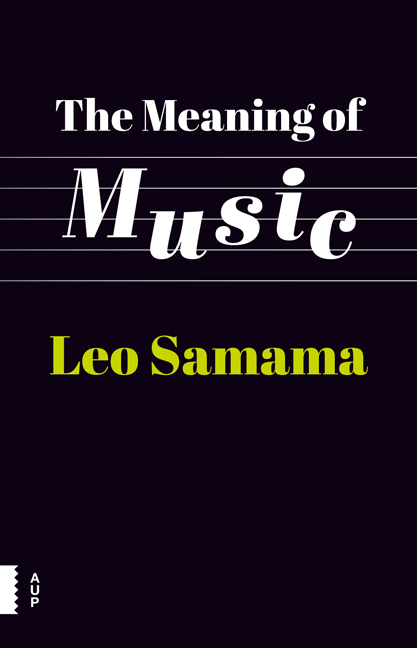7 - Bach: Prelude in C Major
Published online by Cambridge University Press: 24 December 2020
Summary
In 1722, Johann Sebastian Bach published a volume of compositions entitled Das Wohltemperirte Clavier. On the title page he provided a brief explanation of the contents, namely ‘Preludia and Fugues in all Tones and Half tones, both in the major keys, according to the Do Re Mi, as in the minor keys of the Re Mi Fa. Written for the utility and use of the studious musical young, but also for those who have already achieved proficiency in this special pastime’. Thus the volume consists of two groups of twelve pieces, each divided into a single prelude followed by a fugue, covering all of the major and minor keys. It is also an educational collection, and a way to while away the hours in a pleasant and instructive fashion.
Bach demonstrates numerous ways of writing preludes and fugues. He never repeats himself; not in the preludes, with their many playing techniques, nor in the many-layered fugues, in which voices imitate, mirror and chase each other, sometimes fast and then slow, but always with taste, insight and expertise. Every prelude can be seen as a kind of intonation before the fugue: the tone and atmosphere of the fugue is presented, varied and sparred with. In this way, the mood and attitude of the listener and the musician are prepared for the subsequent fugue. Bach brings in many performance techniques: broken chords, shuttle figures, virtuoso passages, arias and so on. Sometimes the music is open and clear, at other times, complex and intensely wrought.
The title page of the first book of Das Wohltemperirte Clavier shows the year 1722. For a long time after Bach's death, the story went around that he had written the entire volume in Weimar or in Carlsbad out of sheer boredom and through lack of a keyboard to play on a daily basis. However, it has generally been accepted that he used existing work as a starting point for part of the first set of pieces, finally bringing these together with the necessary additions, adjustments and extensions into a volume in 1722. In itself, at that time it was not unusual for a composer to recycle his works.
- Type
- Chapter
- Information
- Meaning of Music , pp. 55 - 75Publisher: Amsterdam University PressPrint publication year: 2016



